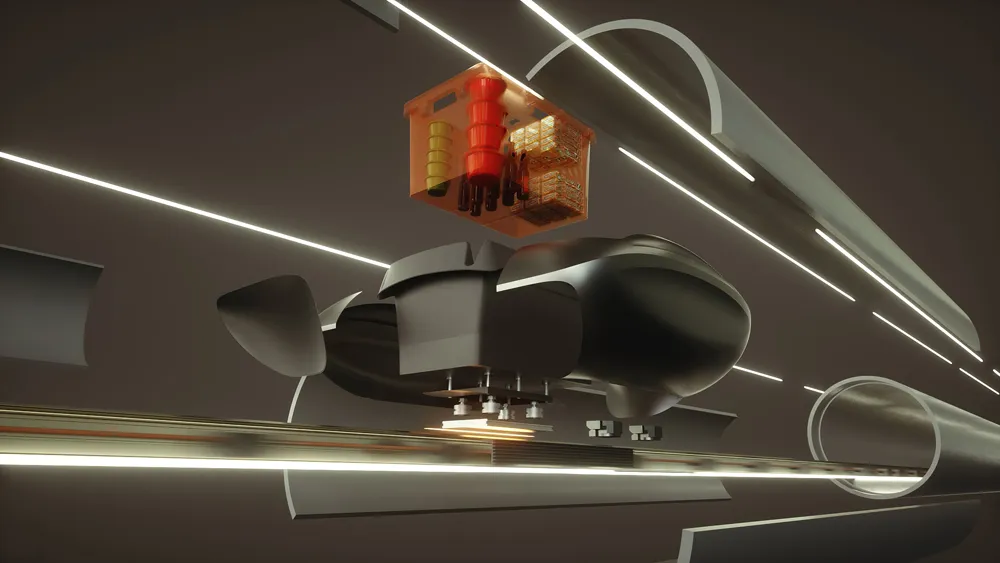German software and consulting group PTV Group has become a new member of the Future Living Logistics Lab, an innovation platform for the Australian logistics industry. Established in Sydney, Australia by National ICT Australia (NICTA) in collaboration with Fraunhofer Institute for Experimental Software Engineering and SAP, the Lab is an interactive demonstration space for cutting-edge technologies and a community of industry, research and government experts, working together to find innovative solutions to
July 25, 2013
Read time: 2 mins
German software and consulting group 3264 PTV Group has become a new member of the Future Living Logistics Lab, an innovation platform for the Australian logistics industry.
Established in Sydney, Australia by National ICT Australia (NICTA) in collaboration with933 Fraunhofer Institute for Experimental Software Engineering and SAP, the Lab is an interactive demonstration space for cutting-edge technologies and a community of industry, research and government experts, working together to find innovative solutions to operational challenges facing the Australian logistics industry.
The lab’s primary objective is to develop innovative solutions for the Australian logistics industry so that logistics transport chains can become more efficient, environmentally-friendly and safer. Special emphasis is placed on aspects such as rising fuel costs, increasing levels of congestion, the reduction of emissions and the improvement of traffic safety.
PTV Group says its participation demonstrates the company’s commitment to supporting research into future-oriented logistic solutions. "It is a vote of confidence," says Joost Bekker, business development director at PTV Asia Pacific, about PTV Group’s participation in the Lab. "The lab looks to bring together leading industry participants. PTV Group can bring tangible experience and innovative technology to support the lab in developing new solutions.”
Established in Sydney, Australia by National ICT Australia (NICTA) in collaboration with
The lab’s primary objective is to develop innovative solutions for the Australian logistics industry so that logistics transport chains can become more efficient, environmentally-friendly and safer. Special emphasis is placed on aspects such as rising fuel costs, increasing levels of congestion, the reduction of emissions and the improvement of traffic safety.
PTV Group says its participation demonstrates the company’s commitment to supporting research into future-oriented logistic solutions. "It is a vote of confidence," says Joost Bekker, business development director at PTV Asia Pacific, about PTV Group’s participation in the Lab. "The lab looks to bring together leading industry participants. PTV Group can bring tangible experience and innovative technology to support the lab in developing new solutions.”








